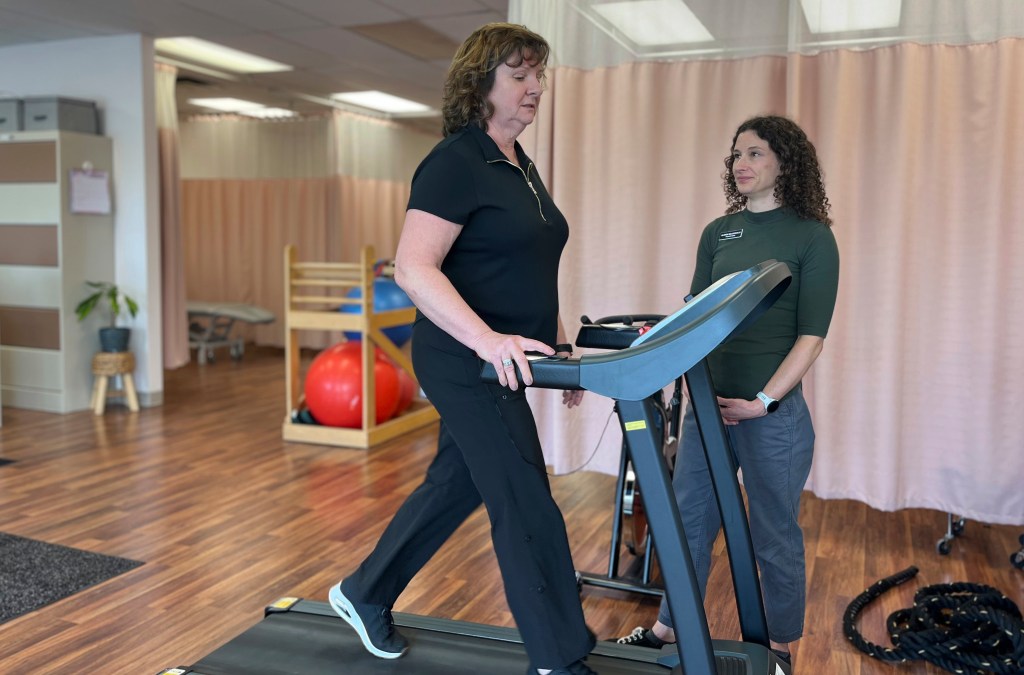A three -year exercise program improved survival in colon cancer patients and maintained the disease at bay, demonstrated a first international experiment.
With the advantages that rivaling some medicines, experts said that cancer centers and insurance plans should come up with a new level of care for colon cancer survivors.
“This is as high as it can be obtained,” said Dr. Julie Gralow, medical director of the American Society of Clinical Oncology. “I love this study because it is something I have been promoting, but with less strong evidence for a long time.”
Prior evidence was based on comparing active people with sedentary people, a type of study that cannot prove the cause and effect.
The new study, conducted in Canada, Australia, the United Kingdom, Israel and the United States, compared people who were selected randomly for an exercise program with those who instead received an educational book.
The findings were presented on Sunday at the ASCO annual meeting in Chicago and published by the New England Journal of Medicine. Academic research groups in Canada, Australia and the United Kingdom funded their work.
Researchers followed 889 patients with treatable colon cancer who had completed chemotherapy. Half was given information that promotes physical fitness and nutrition. The others worked with a coach, meeting every two weeks for a year, and then monthly for the next two years.
Coaches helped participants find ways to increase their physical activity. Many people, including Terri Swain-Collins, chose to walk about 45 minutes a week a week.
“This is something I could do to make me feel better,” said Swain-Collins, 62, from Kingston, Ontario. He said regular contact with a friendly coach kept the motivated and responsible. “I would not want to go and say,” I did nothing “so I always did things and assured me that I did it.”
After eight years, people in the structured exercises program became more active than those in the control group, but also had 28% less cancers and 37% less deaths for any cause. There were more muscle strains and other similar problems in the exercise group.

“When we saw the results, we were surprised,” said the study co -author, Dr. Christopher Booth, a cancer doctor at Kingston Health Sciences Center in Kingston, Ontario.
Exercise programs can be offered for several thousand dollars per patient, Booth said: “a significantly affordable intervention that will make people feel better, have less recurrences of cancer and help them live longer.”
Researchers collected blood from the participants and will look for tracks that exercise in cancer prevention, either through the processing of insulin or the creation of the immune system or something else.
The Swain-Collins coaching program ended, but it continues to exercise. Listen to the music as he walks in the countryside near his home.
This type of behavior change can be achieved when people believe in the benefits, when they find ways to make it fun and when there is a social component, said the co-paper co-author Kerry Courney, who studies exercise and cancer at the University of Alberta. New evidence will give patients with cancer a reason to be motivated.
“We can now say that exercise definitely causes improvements in survival,” Courney said.
#Noticeably #affordable #habits #increase #survival #rates #colon #cancer #patients #drugs
Image Source : nypost.com
